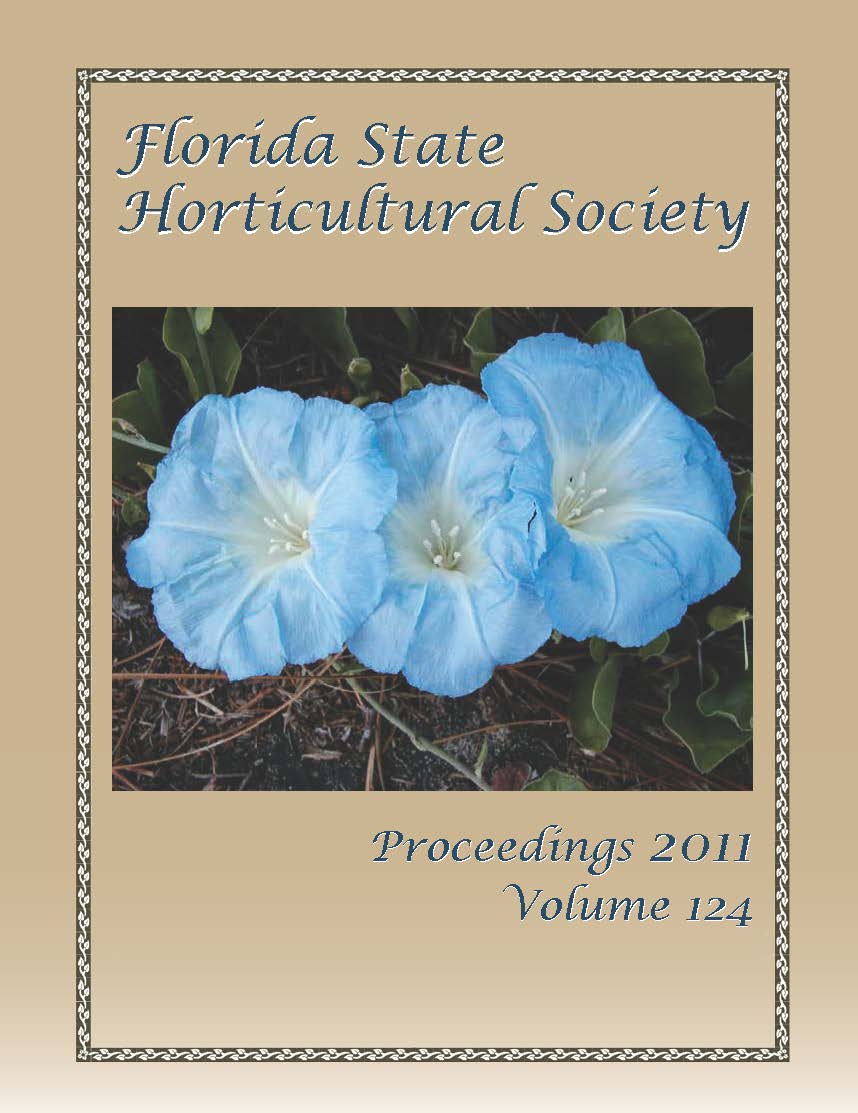Establishing CO2 Tolerance of Pink Tomatoes in Modified Atmosphere Packaging at Elevated Handling Temperatures
Resumen
Fresh tomatoes are chilling sensitive, with the sensitivity decreasing as the fruit ripen, but the fruit can suffer aroma loss even at handling temperatures that are at or above the putative chilling threshold for unripe tomato fruit of 12.5 °C (54.5 °F). Modified atmosphere packaging (MAP) with reduced O2 and elevated CO2 retards ripening and has been reported to reduce tomato chilling injury. Tomatoes can tolerate different concentrations of CO2 depending on the temperature and duration of exposure, but the effect of ripeness stage on CO2sensitivity is unclear. In this study, pink ripeness stage tomatoes were evaluated to establish CO2 tolerance levels in MAP during storage at elevated handling temperatures. Tomatoes were stored at 12.5 °C, 15 °C (59 °F), and 18 °C (64.4 °F) for 20 days. Gas exchange was allowed through three different sizes of holes in the packages, 6.35 mm (1/4 inch), 12.7 mm (1/2 inch), and 19.0 mm (3/4 inch), which were covered by a microporous film. CO2 was injected into the packages immediately after sealing to establish 3% to 10% CO2 (expected equilibrium concentrations). Color changes, titratable acidity, total soluble solids, firmness, and decay appearance were evaluated. CO2, O2 , and ethylene concentrations were also measured in the headspace of the packages. CO2 concentrations were about 6.5%, 7%, and 8% in the containers that had 6.35-mm holes after an equilibration period of 5 days at 12.5, 15, and 18 °C, respectively. Severe CO2 injury symptoms developed only in fruit stored at 12.5 °C in packages with 6.5% CO2 . The symptoms included streaky external color development and green internal color along with lower firmness than would normally be expected for a given stage of color development.

